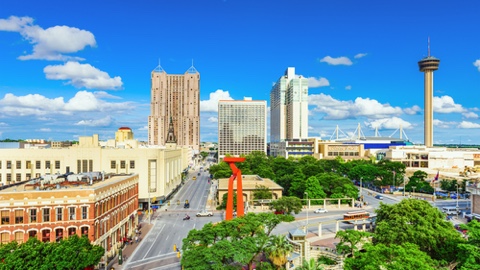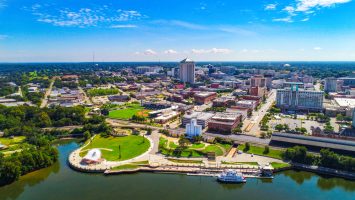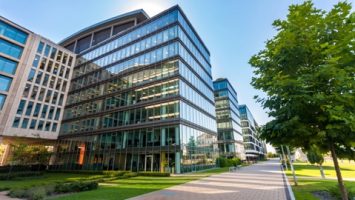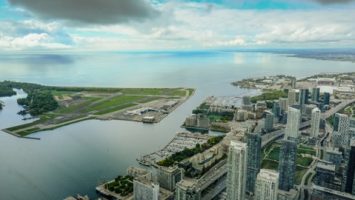
Every city has a key ingredient – something rooting and dependable; from the development of a specific industry to the tradition of a university or the legacy of investing in innovation, there’s something about each place that encourages citizens to gather. According to San Antonio Chief Innovation Officer Jose De La Cruz, that special sauce in his city is the community.
“We always seem to come together as a community to solve problems and issues,” De La Cruz said. “That breaks down silos, and it’s a bit unique to our city.”
As increasingly focused efforts turn to smart city development, San Antonio leaders are working together to advance the community in the areas of sustainability, transportation and digital living.
Digital living includes e-government options, like an app, but also even extends to park amenities. The ten largest city parks can be difficult to navigate, so citizens will be able to see where they are in relation to restrooms, water fountains and more.
Transportation efforts will include 29 smart intersections with sensors and cameras along eight miles of Military Drive, a main thoroughfare in San Antonio. Data will be used in real time by the traffic manager to adjust stoplight timing and alleviate congestion.
“A problem we have in San Antonio is pedestrian fatalities. We’ve had over 50 in various parts of the city,” said De La Cruz. “At these intersections we can detect when someone is still in the walkway and we will hold the light until they are safely across.”
After collecting data, the city also hopes to look at policy and ordinances to ensure that it makes sense or whether they should adjust.
In the area of sustainability, the city will invest in reducing its carbon footprint. For example, the fire department will pilot the use of drones for search and rescue operations, instead of risking the safety of fire fighters in unknown circumstances, and sending up helicopters that burn massive amounts of fuel.
Solar-powered park benches will capture energy that allows citizens to charge mobile devices and for the city to track pedestrian counts, giving a good idea of how many people are visiting the park and at what time of day to inform maintenance and park design.
Although he hasn’t been in his role as CIO for a full year, De La Cruz has worked in every innovation office within the City of San Antonio, as well as the local water utility. He’s been around to see the city’s technological road map evolve over time.
“The city has been using smart technology for quite some time, but calling it a smart city has just come into vogue,” De La Cruz said. “We had a municipal fiber network years ago, and we have kiosks deployed throughout the municipal courts and private grocery stores where citizens can talk live with a judge about traffic citations. We’ve been pretty progressive as a city, but now we’re looking at a formal program and seeing it as a total picture.”
In 2017, with a committed investment of $7.9 million, the city plans to focus on education and outreach about what being a smart city means for citizens. Want to talk with them? Drop them a line on social @COSAGOV.


